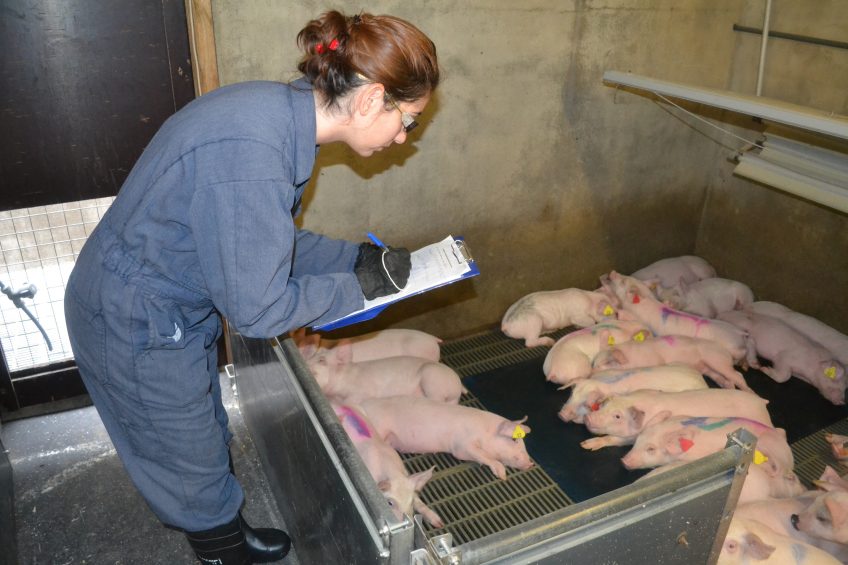Healthy pigs: Is all-in all-out the right concept?

With the urgent need to reduce the use of antibiotics, biosecurity becomes essential for the growth of healthy pigs. All-in all-out management is probably the cornerstone of internal biosecurity, however it is not always easy to implement in farms. Health and nutrition expert Edgar Garcia Manzanilla explains why.
Implementing an all-in all-out (AIAO) management in a pig farm is one of the best strategies to minimise the spread of infectious diseases within the farm. It is quite a simple and effective concept. You ‘just’ need to have the pigs organised in batches and move them all together to the next stage of production. Then clean/ disinfect/ dry the room and bring the next batch of pigs into that room.
However, in many farms, the actual definition of AIAO is slightly different; you remove all the pigs from the room, then you clean/ disinfect/ dry the room, bring in the next batch… and few small piglets from the previous batch.

Read more about pig health in the special Pig Progress Health Tool
Most veterinarians would tell farmers repeatedly that holding back those small pigs is against AIAO and spreads disease. Even one pig is enough to spread disease. Then, why is this happening? Are we not explaining AIAO properly?
A fight against pig weight variability
Variability in pig weights is inevitable and it is human nature (or farmer nature) to hold those small pigs until they are heavy enough to proceed to the next stage. Farmers know by experience that if they move those small pigs with the rest of their group they will not make it to slaughter. Convincing them otherwise requires very strong reasons and alternatives.
At the Irish Agriculture and Food Development Authority (Teagasc) we have done several studies in this area and we found that AIAO is not as simple a concept for somebody without clinical knowledge. Remember that you may explain it to a farmer but then it has to be transferred to the rest of staff.
Often some information gets lost in translation. As a result, for most farm personnel we talk to, the main worry when moving pigs is to clean the room. The pig is seen as a target for the disease and has to be put in a clean room in good conditions. Small pigs held back are rarely seen as a threat to other pigs. How many times the farmer would say… it is only one or two. We need to turn the focus to these pigs and show what happens when you hold them back.
A practical approach: Tagging pigs
What works best for me, and probably many people are doing it already, is tagging a group of small pigs, show the farmer how many times some of those pigs are brought back in his farm and do necropsies on pigs delayed several weeks.
Just show them that those pigs are often bags of pathogens spreading disease among healthy pigs. And remember to involve all the staff in the discussion. Most probably you will end with something like the farm in the figure below. The yellow cells indicate pens with at least one pig from the same batch when they were all supposed to be in the same grower room (room 3).

Then you still have to propose an alternative management for those small pigs. I normally look at the design of the whole farm following the flow of the animals and try to create room for those pigs in a separated flow. I am sure there is different ways to approach this problem.
Share your ideas in the comments, please.
More social science in veterinary school?
A comment that farmers make while discussing this issue is that maybe AIAO is not the right name. If the pig is the main carrier of the disease, maybe something like ‘all pigs forward’ or ‘no pig left behind’ would be a more self-explanatory concept, maybe not as catchy as AIAO, but far more effective.
I wonder if despite of all those hours of immunology, microbiology and infectious diseases we are still missing a little bit of social sciences in vet school.
I am totally aware that this discussion may open many other questions related to internal biosecurity and management. We could for example discuss what proper clean/ disinfect/ dry means… However we will leave this one for another day.











